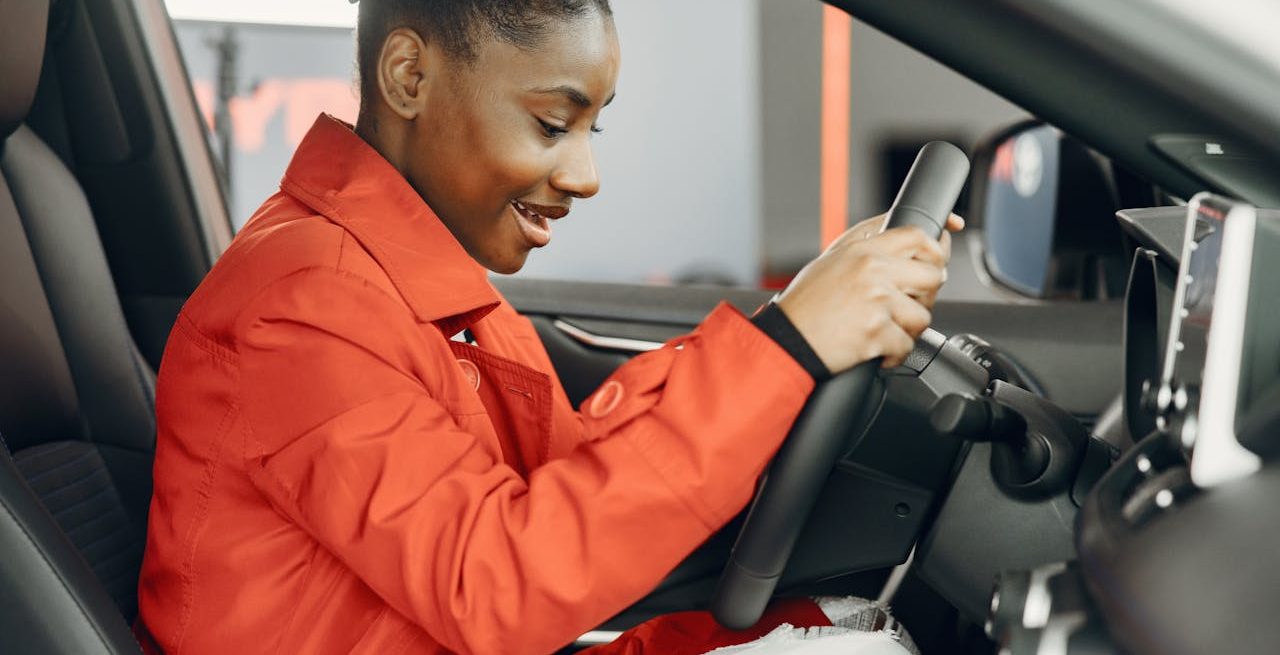Restaurant Guests in the Driver’s Seat
6 Min Read By MRM Staff
The popularity of drive-thru continues as sales are up 30 percent since 2019. But what do customers want from the drive-thru experience and how can QSRs better meet those needs? How will the drive-thru change in the coming years?
To learn how brands can improve the drive-thru experience for their guests and their team, Modern Restaurant Management (MRM) magazine reached out to Kevin Jones, VP of QSR and Hospitality at Mood Media, who has a proven record in sales and account management revenue growth and has been recognized for designing world-class customer experiences for both global and local brands. Throughout his 17 years at Mood Media, he's held various customer engagement and sales leadership roles and has worked with key technology partners to optimize innovative solutions based on vertical market trends and customer feedback that deliver positive ROI to operators.
What do guests want from the drive-thru, and what don’t they want to see?Guests have high…
Sorry, You've Reached Your Article Limit.
Register for free with our site to get unlimited articles.
Already registered? Sign in!

